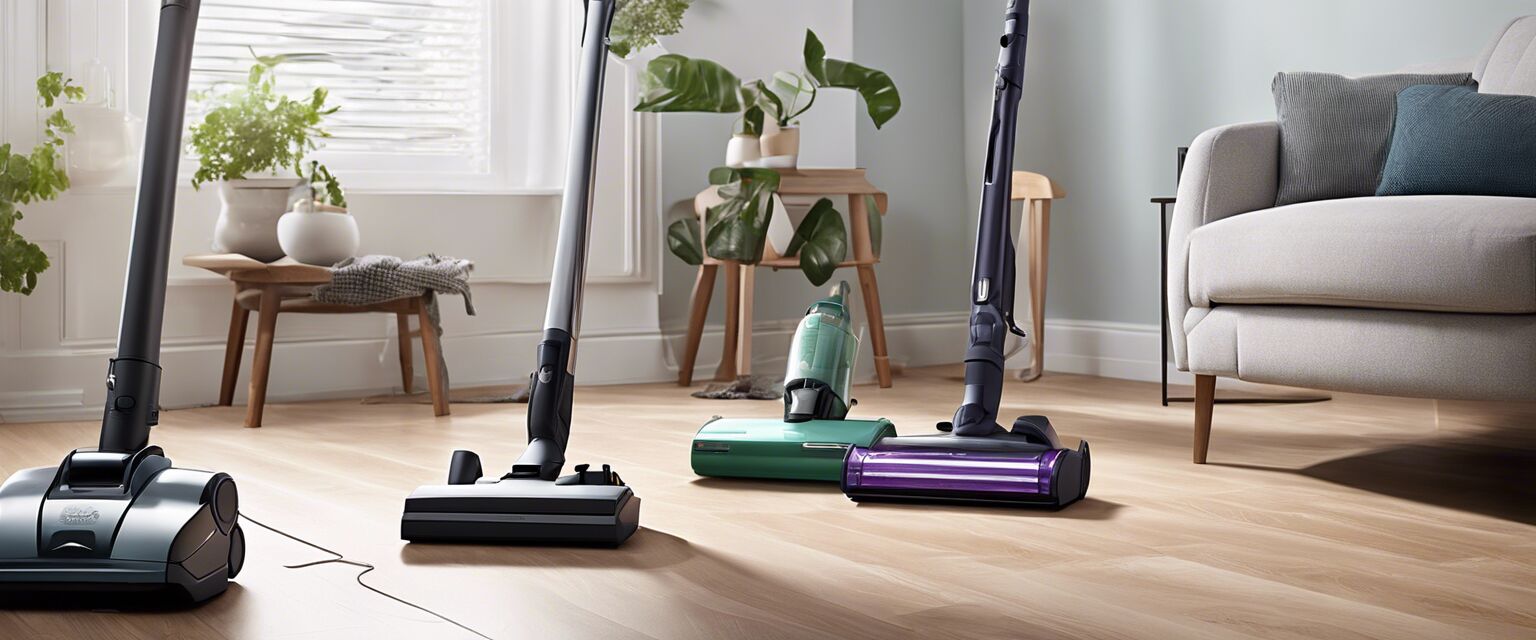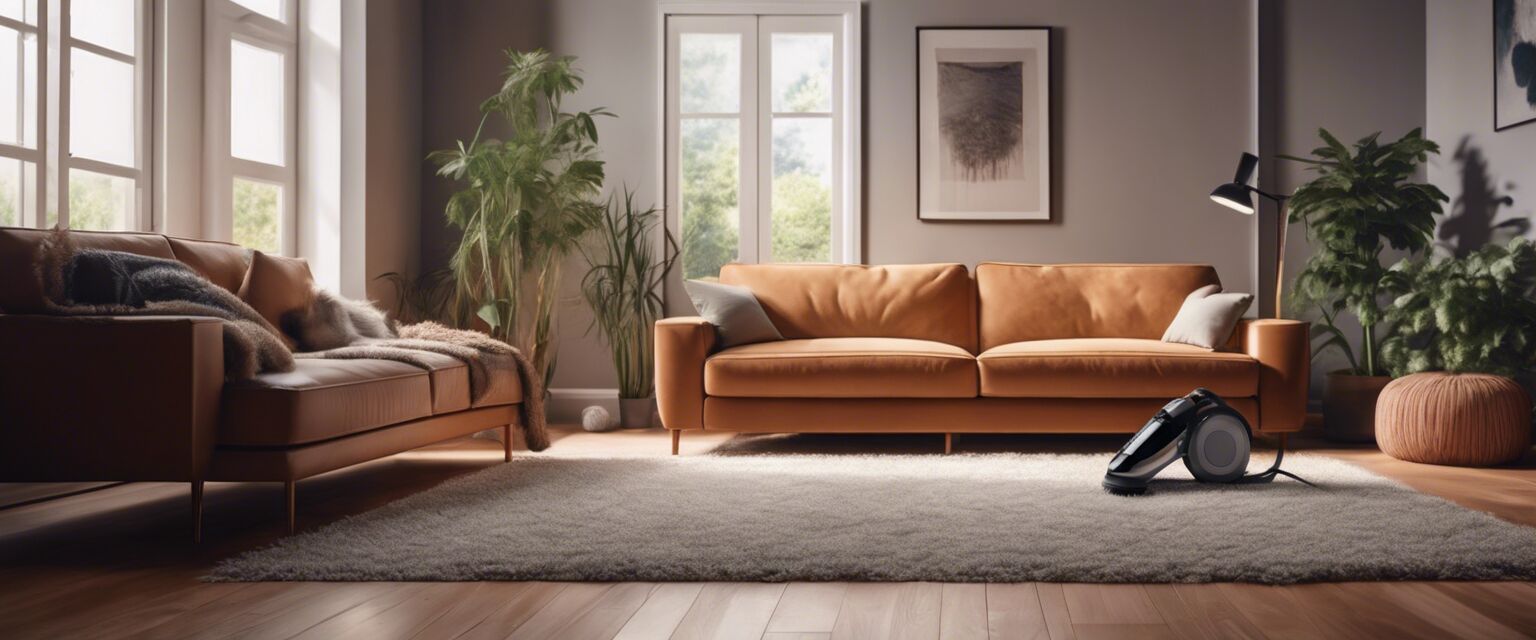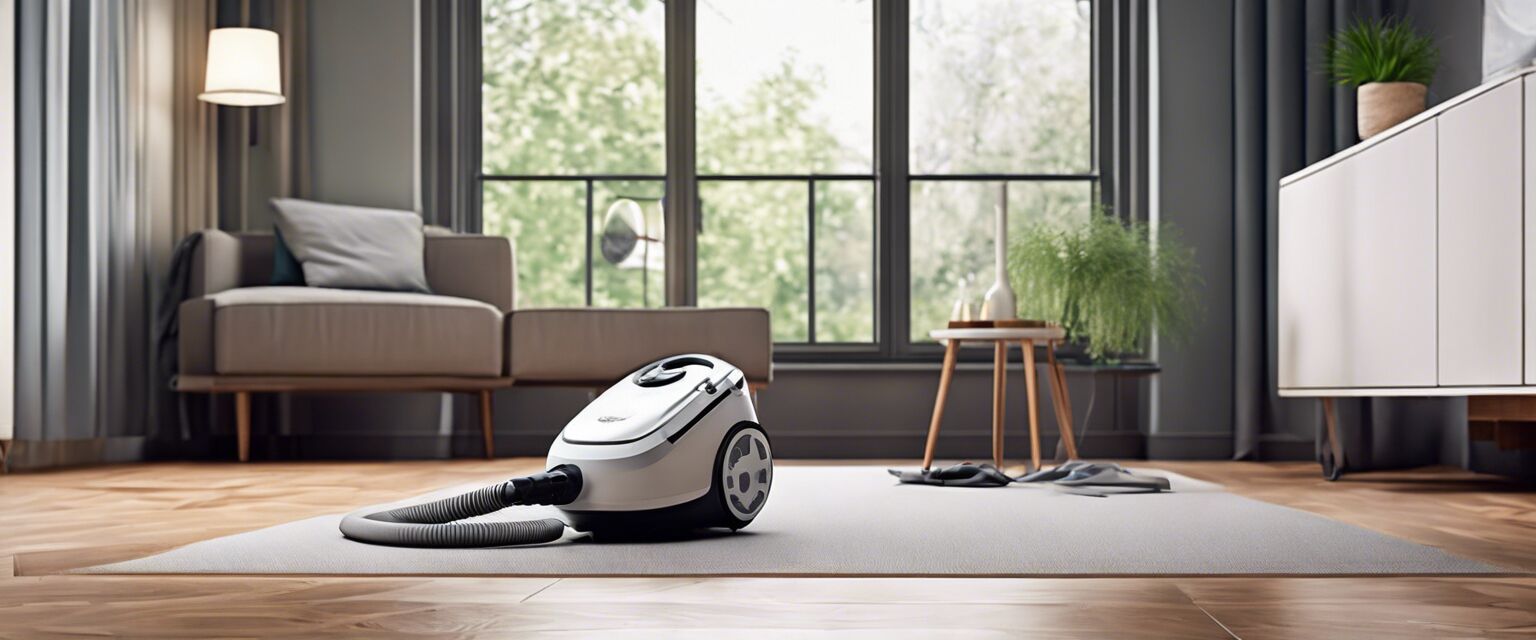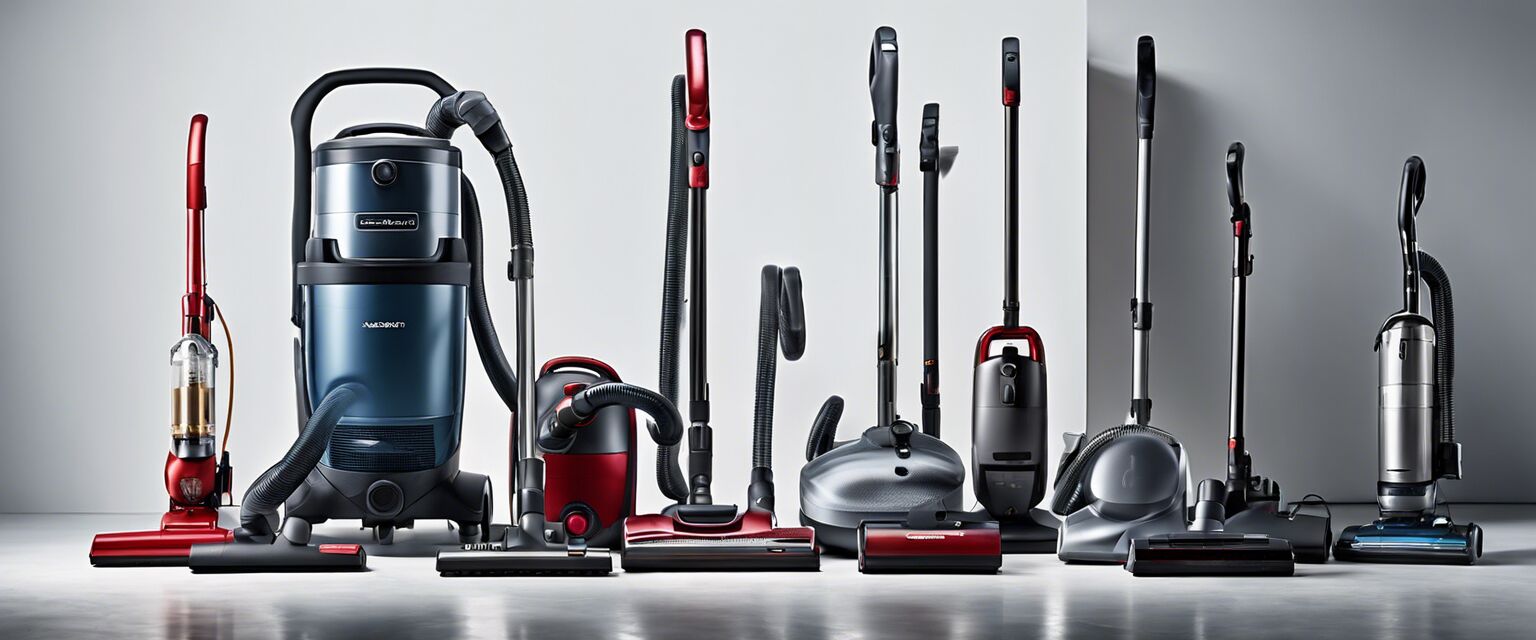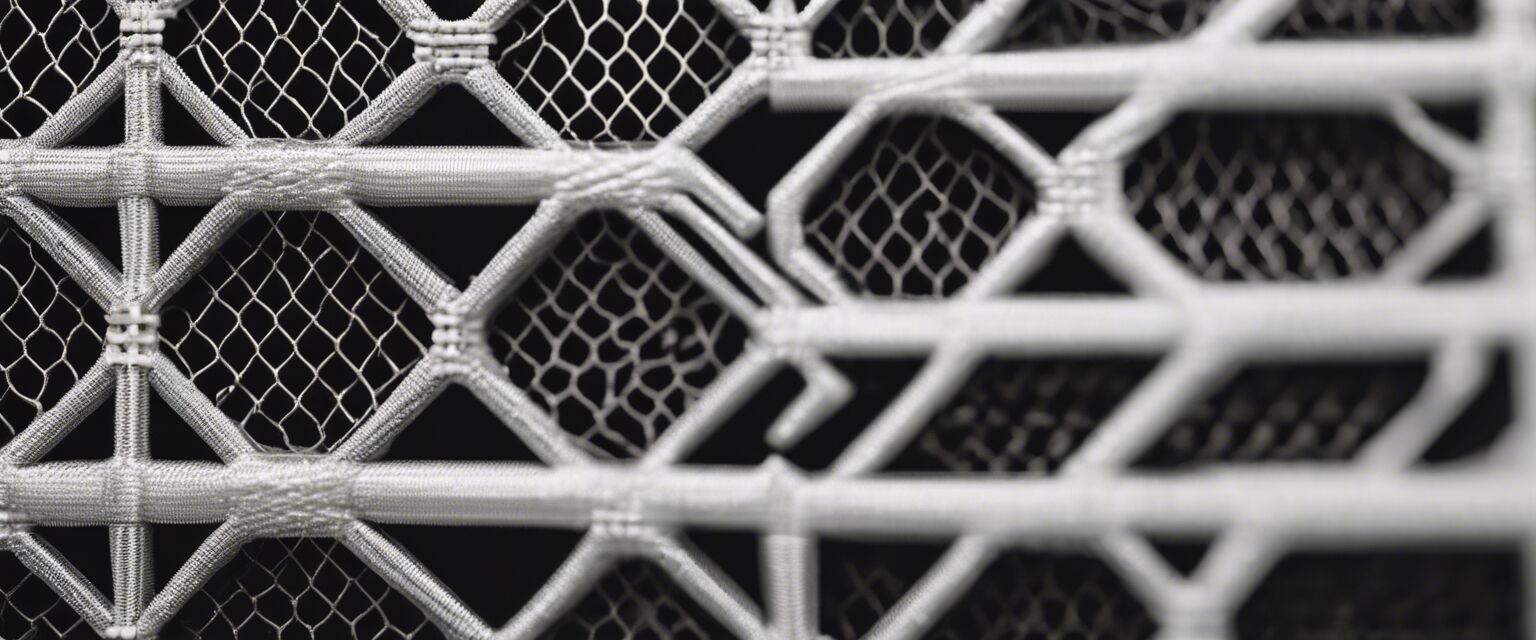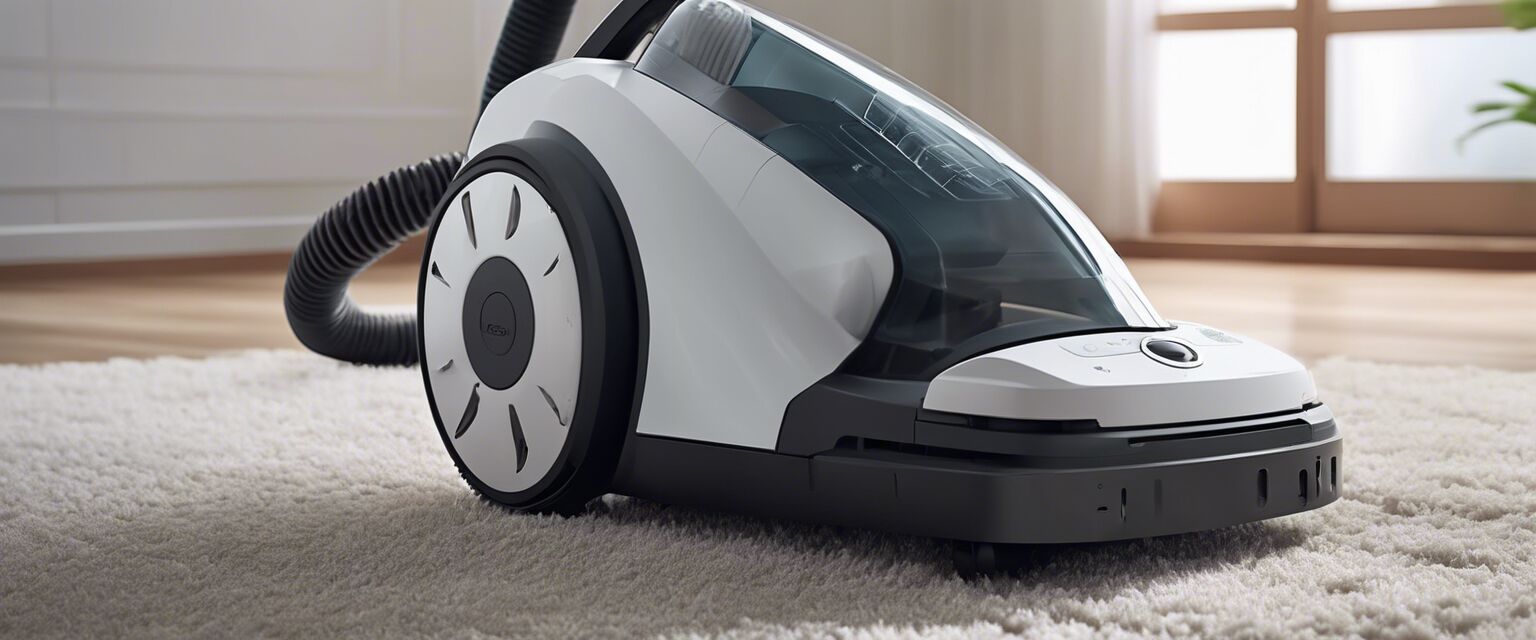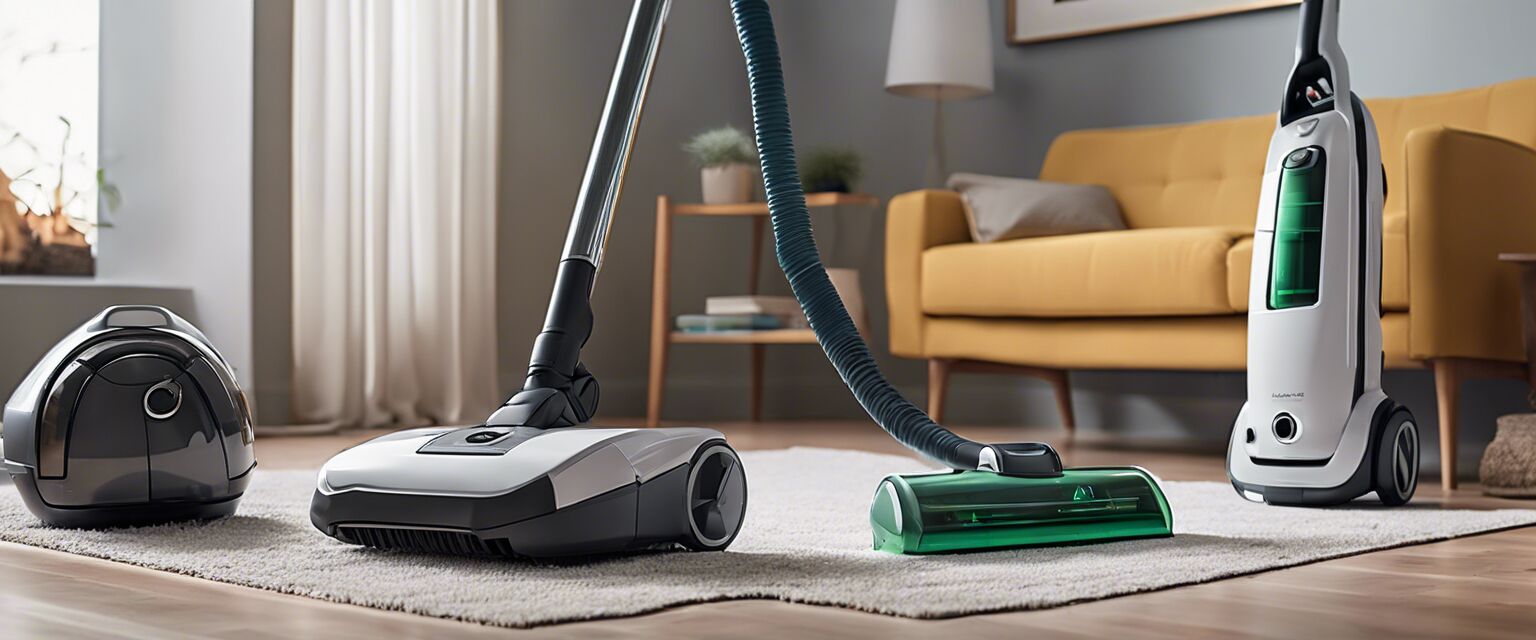
This article was generated using AI and is based on real customer reviews from the Amazon platform. It contains affiliate links, meaning we may earn a commission—at no extra cost to you. As Amazon Associates, we earn from qualifying purchases.
Compare Allergy-Friendly Models
In today's world, keeping our homes clean from allergens like dust, pet dander, and pollen is essential for maintaining a healthy living environment. With the right vacuum, you can effectively reduce these allergens, making your home more comfortable. This article offers a detailed comparison of various allergy-friendly vacuum models, their features, and prices, helping you make an informed decision.
Key Takeaways
- Allergy-friendly vacuums are designed to minimize allergens in your home.
- HEPA filters are essential for trapping small particles.
- Consider features like bagged vs. bagless, weight, and ease of use.
- Different types of vacuums, such as upright and robotic, offer varying benefits.
- Price ranges can vary significantly based on features and brand.
Types of Allergy-Friendly Vacuums
There are several types of allergy-friendly vacuums each with its strengths. Here's a brief overview:
- Bagged vacuums - Ideal for trapping allergens and reducing exposure.
- Bagless vacuums - Often more convenient, but require regular cleaning.
- HEPA filter vacuums - Designed to capture very small particles.
- Robotic vacuums - Automated cleaning solutions for busy lifestyles.
- Stick vacuums - Lightweight and easy to maneuver.
- Upright vacuums - Powerful suction for thorough cleaning.
Comparison of Allergy-Friendly Vacuum Models
| Model | Type | HEPA Filter | Bagged/Bagless | Price Range |
|---|---|---|---|---|
| Model A | Upright | Yes | Bagged | $150 - $200 |
| Model B | Robotic | Yes | Bagless | $300 - $400 |
| Model C | Stick | Yes | Bagless | $100 - $150 |
| Model D | Bagged | Yes | Bagged | $120 - $180 |
| Model E | Upright | No | Bagless | $80 - $130 |
Features to Consider
When selecting an allergy-friendly vacuum, consider the following features:
- Filtration System: Look for models with HEPA filters for maximum allergen capture.
- Weight: Lightweight vacuums are easier to maneuver and store.
- Noise Level: Some vacuums operate quietly, making them suitable for homes with pets or small children.
- Corded vs. Cordless: Decide which is more convenient for your cleaning needs.
- Accessories: Consider vacuums that come with additional tools for upholstery and crevices.
Price Comparison
Prices can vary significantly based on the features and brand. Here is a general pricing guide:
| Type | Average Price |
|---|---|
| Bagged Vacuums | $100 - $250 |
| Bagless Vacuums | $80 - $300 |
| HEPA Filter Vacuums | $150 - $400 |
| Robotic Vacuums | $200 - $600 |
| Stick Vacuums | $50 - $250 |
| Upright Vacuums | $100 - $400 |
Tips for Choosing the Right Vacuum
Beginners Section
- Assess your homeâs flooring type - Different vacuums perform better on carpets vs. hard floors.
- Read customer reviews to gauge real-life performance.
- Consider the warranty and customer service offered by the manufacturer.
- Try before you buy if possible, especially with heavier models.
Pros and Cons of Allergy-Friendly Vacuums
Pros
- Effective at reducing allergens in the home.
- Various styles to suit different preferences and cleaning needs.
- Many models have advanced filtration systems.
- Some models are automated, saving time and effort.
Cons
- Can be more expensive than regular vacuums.
- Bagged models require ongoing purchases of bags.
- Robotic vacuums may not clean as thoroughly as traditional models.
- Some users may find them heavy or cumbersome.
Conclusion
Choosing the right allergy-friendly vacuum can significantly improve your home environment. With various models available, understanding their features, types, and price ranges will help you make the best choice. Always remember to consider your specific needs and preferences when selecting a vacuum cleaner.
Frequently Asked Questions (FAQs)
- What is the difference between bagged and bagless vacuums?
Bagged vacuums trap dust and allergens in bags, while bagless vacuums collect debris in a bin that needs to be emptied. - Do all vacuums have HEPA filters?
No, not all vacuums have HEPA filters. It's essential to check product specifications if allergen control is a priority. - How often should I replace my vacuum filter?
It depends on the model and usage, but generally, filters should be replaced every 6 months to a year. - Are robotic vacuums effective for allergy sufferers?
Yes, many robotic vacuums come with HEPA filters and can help maintain cleanliness between deeper cleans. - Which vacuum type is best for pet hair?
Upright and stick vacuums with strong suction and specific attachments for pet hair are often recommended.
